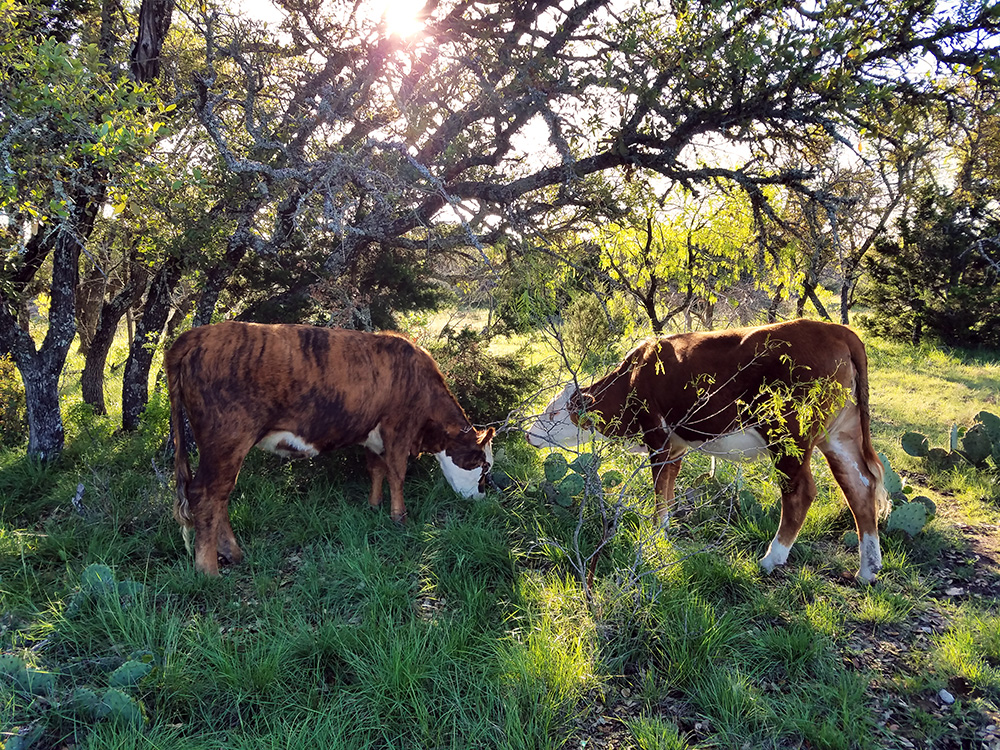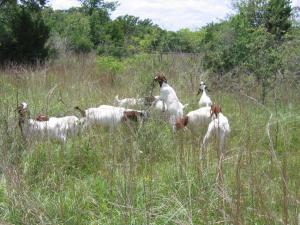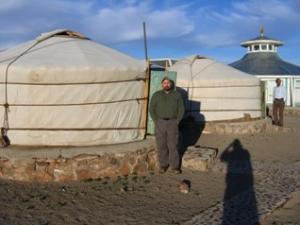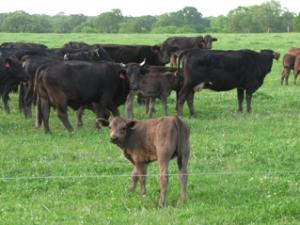Grazingland Animal Nutrition Laboratory, GAN Lab
CNRIT’s service laboratory offering decision support for better nutritional management of livestock and stewardship of natural resources

Improving technology for healthier livestock and land resource management
Established in 1987, The Grazingland Animal Nutrition Laboratory (GAN Lab) offers diagnostic diet analyses and nutritional decision-support information for monitoring grazing animals.
The GAN Lab is a part of the Texas A&M AgriLife Center for Natural Resource Technology Information (CNRIT).
GAN Lab services are available for livestock producers and land managers to support strategic livestock nutrition management, and to provide a basis for sustainable grazing practices.
Manure sampling season is underway!
Click below to get started with processing your livestock fecal sample for custom management recommendations from GAN Lab scientists.

History of the Grazingland Animal Nutrition Laboratory, GAN Lab
In 1987 the Ranching System Group at Texas A&M University first began its work on the technologies now used by the Grazingland Animal Nutrition Laboratory (GAN Lab). Originally a research-based operation to study animal nutrition and grazing behavior, our focus centered on developing a system to monitor range conditions by utilizing fecal profiling via NIRS (near infrared reflectance spectroscopy) analysis. The system was developed to analyze the quality of the diet that animals were consuming, instead of human collected forage samples. This greatly reduces the cost of field sampling and improves accuracy of diet quality predictions. The fecal sample would be collected and scanned using NIRS machines to capture the spectra of the fecal chemistry. Our calibration equations, developed through many years of research, are then applied to the fecal sample’s spectra to generate dietary crude protein (%CP), digestible organic matter (%DOM), fecal phosphorus, and fecal nitrogen results. These results, in essence, put a “feed tag” on the pasture the animal is grazing. For more information regarding equation development, visit our NIRS Technology page.



While the intent was to develop a non-invasive tool for range research, its potential benefits to the private sector soon became evident during ranch trials conducted in the early 1990s. The first cattle equations were developed, tested and then published in 1992 by Drs. Jerry Stuth and Robert Lyons. The success of the first equations led to the opening of the GAN Lab to offer services to livestock managers nationwide. After the completion of the cattle equations, our research turned to developing diet quality equations for goats, white-tailed deer, sheep, elk and equines.
To further utilize the NIRS results, we developed a nutritional balance profile (NUTBAL) software program first released in DOS (disk operating system) in 1995. In 1999, the Windows version of NUTBAL Pro was released. The current version (1.0.1) includes many updates and improvements since the first release. NUTBAL’s primary challenge is to provide the livestock industry with the ability to monitor nutrient content in the animal’s diet and determine if the current diet is sufficient to meet performance goals set by the producer. This decision support software generates reports describing the animal performance and cost effective feed solutions. These two technologies came together to form the NIRS/NUTBAL system, which has been in use in the U.S. and abroad for nearly 20 years. For more information on the NUTBAL software visit the NUTBAL page.
Since 1999, we have expanded the use of NIRS technology for fecal profiling by establishing new labs in East Africa, South America, Mongolia, and Afghanistan through World Bank and USAID grants. In addition to the fecal profiling, our research has recently included soil analysis (carbon). This new array of diagnostic tools will offer livestock producers, consultants, wildlife managers, and researchers a noninvasive method of monitoring grazing animals, as well as rangelands and grasslands.
